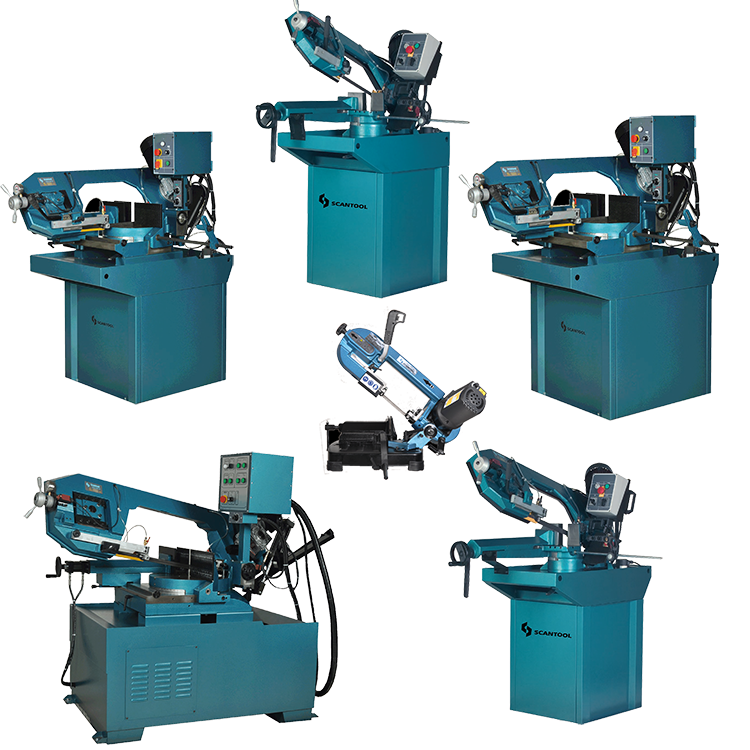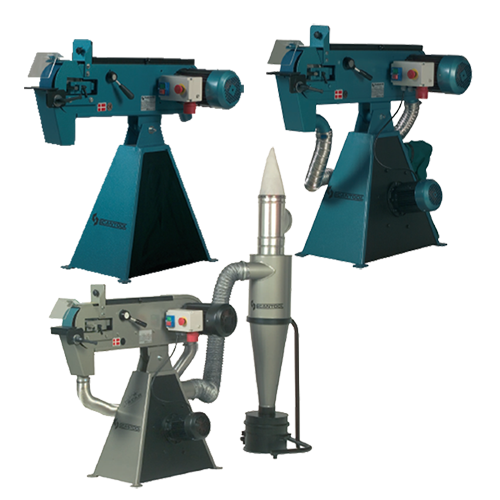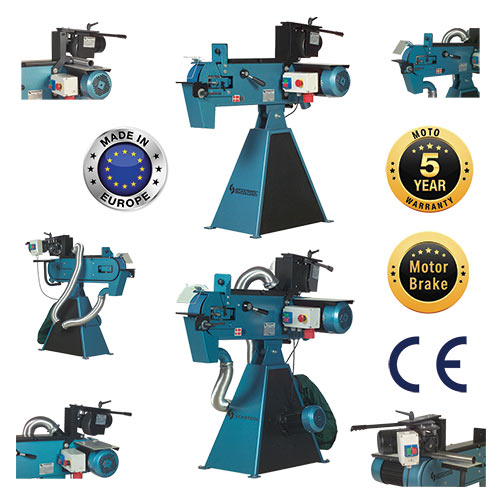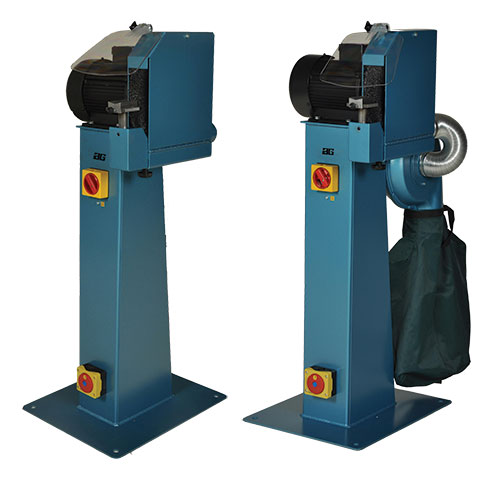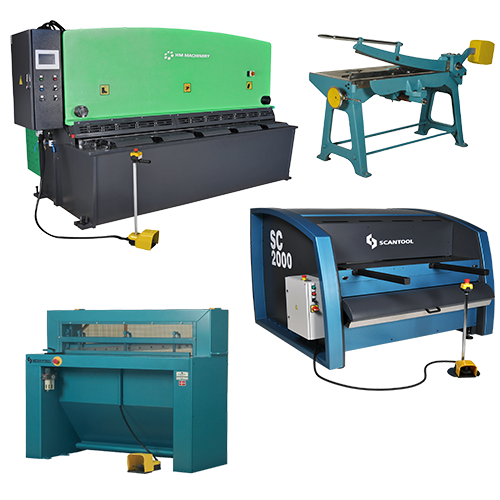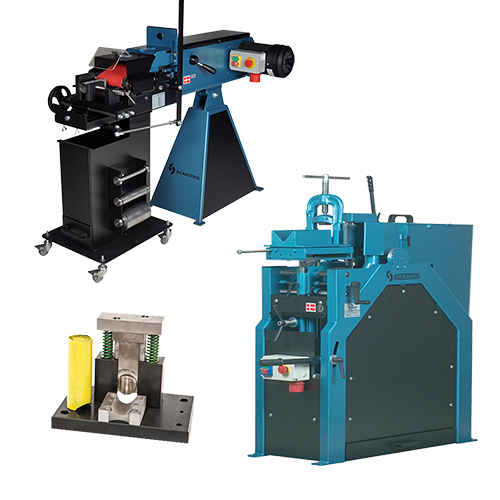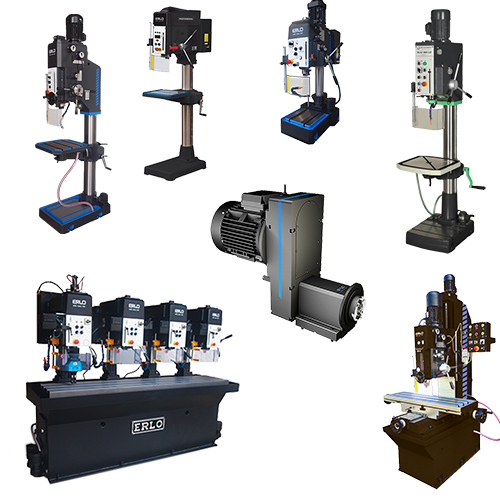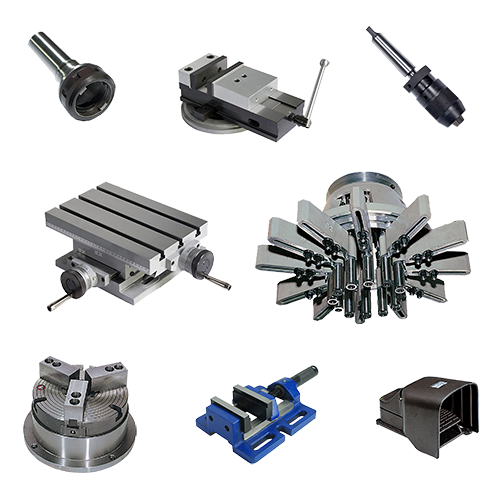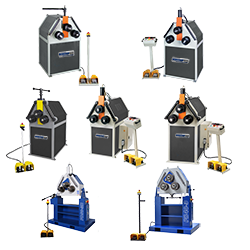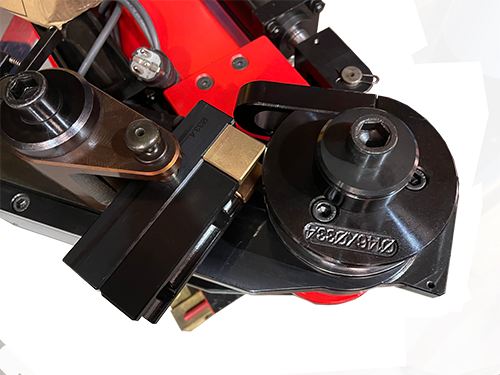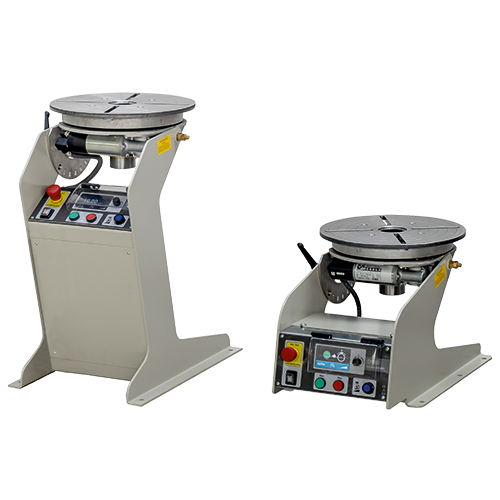Workshop Press are specialist Pillar Drill providers. A pillar drill is an essential tool for precision drilling in metalworking, woodworking, and various other applications. To keep it performing at its best, regular maintenance is crucial. Well-maintained pillar drills not only perform more accurately but also last longer, providing a solid return on investment. This guide covers essential maintenance tips, including cleaning, lubrication, and part inspections, to help you keep your pillar drill in top condition.
Why Regular Maintenance Matters for Your Pillar Drill
Regular maintenance helps prevent unexpected breakdowns, improves drill accuracy, and ensures safety. Neglecting routine care can lead to issues like overheating, dull blades, and misalignment, affecting both performance and operator safety. By following these pillar drill maintenance tips, you can avoid costly repairs and extend the life of your equipment.
Key Pillar Drill Maintenance Tips
Let’s look at the main maintenance steps to keep your pillar drill operating smoothly. Each tip addresses a critical part of your drill, ensuring it runs efficiently and safely.
1. Regular Cleaning
Keeping your pillar drill clean is one of the simplest yet most effective maintenance practices. Over time, dust, metal shavings, and debris can accumulate on the machine, causing wear and tear on moving parts and reducing accuracy.
- Remove Dust and Debris: After each use, clean off dust, metal shavings, and debris from the drill surface, table, and chuck area.
- Compressed Air: Use compressed air to blow out any debris stuck in hard-to-reach areas, ensuring no residue is left that could interfere with moving parts.
- Wipe Down Surfaces: Use a dry cloth to wipe down all surfaces, removing grease or oil buildup that can attract dirt.
Routine cleaning prevents buildup that can interfere with your pillar drill’s precision and longevity.
2. Lubricate Moving Parts
Proper lubrication reduces friction between moving parts, helping to prevent wear and overheating. Ensuring that parts are well-lubricated extends the life of your drill and keeps it running smoothly.
- Focus on Key Areas: Apply lubricant to the spindle, quill, and any other moving parts according to the manufacturer’s recommendations.
- Use the Right Lubricant: Only use lubricants recommended by the manufacturer to avoid damaging components. Multi-purpose machine oils are generally suitable, but check your manual for specific guidance.
- Avoid Over-Lubrication: While lubrication is essential, overdoing it can attract dirt, leading to faster wear. Apply sparingly and wipe off any excess.
Following a consistent lubrication schedule will improve the efficiency and lifespan of your pillar drill.
3. Check and Adjust the Chuck
The chuck is responsible for holding the drill bit in place, and regular maintenance is essential to ensure it remains secure and aligned.
- Inspect for Wear: Check the chuck jaws for any signs of wear, damage, or misalignment. A worn chuck can result in loose drill bits, which compromise precision.
- Tighten the Chuck: Make sure the chuck is tightly holding the drill bit. Loose bits can cause vibration and may even lead to breakage.
- Clean the Chuck: Use a brush or compressed air to clean out the chuck, removing any metal shavings or debris lodged in the jaws.
Regular chuck inspections help maintain drill stability and accuracy, reducing the risk of damage during use.
4. Align the Drill Table
Maintaining proper alignment of the drill table ensures accurate drilling. Over time, the table can become misaligned due to repeated use or adjustments, affecting the drill’s ability to make precise holes.
- Check for Level: Use a spirit level to ensure the drill table is perfectly flat. An uneven table surface can cause inaccurate drilling, particularly on delicate workpieces.
- Adjust the Angle: If your drill table allows for angle adjustments, ensure it returns to the correct alignment after each use.
- Secure the Table: Check that the table is securely fastened, as a loose table can shift during drilling, affecting accuracy and safety.
Table alignment is key to achieving accurate drilling results and is especially important for tasks that require precision.
Monthly and Annual Maintenance Checks
In addition to routine maintenance, performing monthly and annual checks will help catch any developing issues early, preventing minor problems from turning into major repairs.
Monthly Maintenance Checklist
- Inspect Belts and Pulleys: Check belts for signs of wear or looseness. Worn belts can slip, causing inconsistent speeds and affecting drill performance.
- Examine Electrical Components: Inspect wires and connections to ensure they’re secure and free from damage. Loose connections can lead to power issues.
- Test the Motor: Listen for any unusual noises, which may indicate wear. A consistent motor hum suggests your drill is operating as expected.
Monthly checks provide an opportunity to address minor wear and tear before it affects your drill’s performance.
Annual Maintenance Checklist
- Change the Belts: Replace belts that show significant wear, as they can lose their grip and reduce efficiency.
- Replace Worn Parts: Over time, parts like bearings and bushings can wear out. Replacing these components annually, or as needed, keeps your drill running smoothly.
- Calibrate the Machine: Have a technician inspect and calibrate your drill if necessary. Proper calibration ensures that the machine meets precision standards.
Annual maintenance allows for a thorough inspection of the entire drill, ensuring long-term durability and performance.
Additional Tips for Extending Your Pillar Drill’s Life
In addition to regular cleaning and inspections, the following practices can help extend the life of your pillar drill and enhance its performance.
1. Use the Correct Drill Bits
Using the right drill bits for each material not only ensures accurate results but also reduces strain on your machine.
- Metal Drill Bits: Use high-speed steel (HSS) or cobalt drill bits for metals, as they are designed to withstand the pressure and heat generated during drilling.
- Sharp Bits Only: Ensure drill bits are sharp. Dull bits require more force, which can strain the drill and lead to overheating.
Using the correct bits reduces wear on your drill and improves overall accuracy.
2. Operate at Appropriate Speeds
Operating your pillar drill at the correct speed for each material protects both the drill bit and the machine.
- Slow Speeds for Hard Materials: Metals require slower speeds to prevent overheating and bit wear.
- High Speeds for Soft Materials: Softer materials like wood can be drilled at higher speeds, which increases efficiency without causing damage.
Following the recommended speed settings ensures optimal drilling results and extends the life of the drill.
3. Avoid Overheating
Overheating can damage your drill motor and reduce performance. Pay attention to the machine’s temperature, especially during extended use.
- Take Breaks: Allow the drill to cool between extended periods of use.
- Use Cooling Fluids: For metal drilling, apply cooling fluids to reduce heat buildup.
Preventing overheating helps preserve the motor and internal components of your pillar drill.
FAQs
How often should I clean my pillar drill?
You should clean your pillar drill after every use to prevent buildup of dust and debris, which can interfere with performance.
Is lubrication necessary for my pillar drill?
Yes, lubrication reduces friction between moving parts, preventing wear and improving efficiency. Apply lubricant sparingly and according to the manufacturer’s recommendations.
What should I do if my drill is overheating?
If your drill is overheating, take a break to allow it to cool down. Consider using cooling fluids if you are drilling metal, which helps dissipate heat.
How often should I replace the belts on my pillar drill?
Check the belts monthly and replace them annually, or sooner if they show signs of wear or slipping. Worn belts can affect the drill’s performance and speed consistency.
Can I maintain my pillar drill myself, or do I need a technician?
Most maintenance tasks can be performed by the operator. However, annual calibration and part replacements may require a technician to ensure optimal performance.
Conclusion: Maintain Your Pillar Drill for Long-Term Efficiency
Regular maintenance is the key to keeping your pillar drill in top condition, ensuring both efficiency and accuracy in your workshop. By following these essential pillar drill maintenance tips, including cleaning, lubrication, and inspections, you can extend the life of your equipment and prevent costly repairs.
Whether you use your pillar drill daily or occasionally, consistent upkeep will ensure it remains reliable and precise. For high-quality pillar drills built for durability, visit our Pillar Drills page to explore our selection. With the right maintenance practices, your pillar drill will continue to perform smoothly for years to come.
Contact Workshop Press for all of your enquiries.


